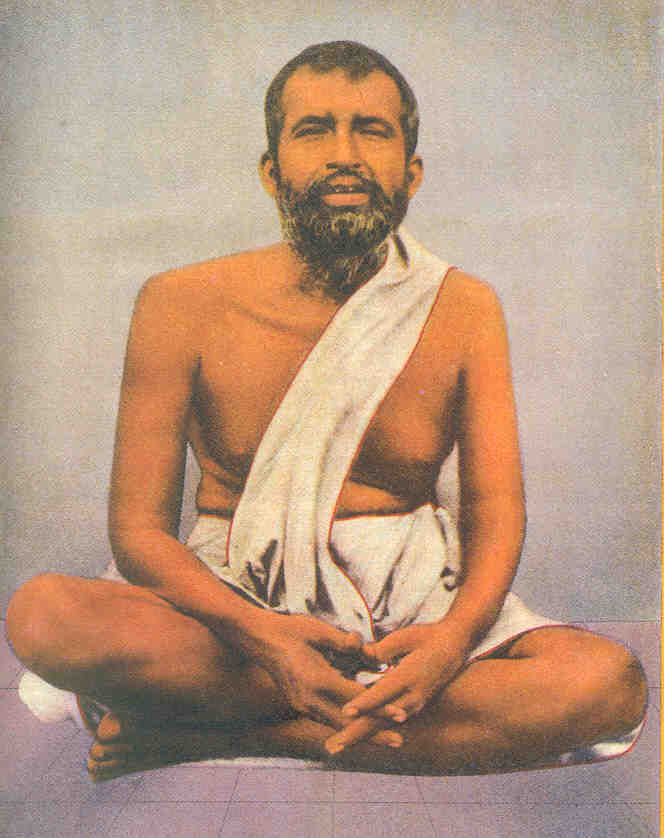8: Creation and Life After Death : 2.
The Teachings of the Bhagavadgita :
Yesterday, we concluded our studies with a little mention of the five elements, which are the grossest manifestations of the cosmical substance, by a permutation and combination of whose inner constitutions the individuals are formed – organic or inorganic. Now, the very commencement of the seventh chapter touches upon this principle of the five elements, which are the visible forms of the inner constitution of the universe as it is visible to our eyes.
Bhumiraponalo vayuh kham mano buddhireva ca,
ahamkara itiyam me bhinna prakrtirashtadha
(Gita 7.4): The outer cloak as it were, of the Creator, is this physical universe, eminently organised by the presence of the Supreme Being.
Here we have a very important task to perform, because now we are entering into certain processes of practice which are more difficult than the ones we passed through earlier during the course of the first six chapters. The discipline of the first six chapters is difficult enough. It is not easy for a person to pass through this course of the first six chapters of discipline, culminating in the art of meditation as described in the sixth chapter. Now, the greater difficulty is before us – our relationship to the universe as a whole, our association with this cosmos and the relevance that obtains between us and God Himself.
This is a frightening theme for unprepared minds and persons uneducated in the art of thinking profoundly in this manner, because the world persists in being recognised as an external object due to the force by which the senses work, and most of the theories of knowledge – these processes of the science of epistemology, as they are called – stand on the hypothesis that the world is outside and the whole perceptional process becomes meaningful only if the object is somehow outside the knowing subject. A sort of outsideness of the object is necessary for seeing any meaning at all in the process of perception or visualisation of the object of the senses. The knowledge of the world is the knowledge of the object of the senses. So in all perception which would be considered as purely empirical in its character, the world is taken for granted as something totally outside us, and to establish any kind of meaningful relationship with that which is entirely outside us would appear to be a futile endeavour, because that which is totally outside us bears no connection with us. We cannot even know that the world exists if it is wholly outside.
So the Vedanta epistemology, especially, goes deeper into the implications of the very process of perception. The knowledge of the world is not such a simple process – it is not so innocent as it appears on the surface. We do not just jump into the world and see that it is there; there is some complicated implication behind and underneath this outer association of our personality through the senses with the objects of the world, the world as a whole. It is not true that the world is really outside us. The five elements are not objects in such a way as to be totally disassociated from even our sense organs. A little inkling of this suggestion was given to us in the third chapter of the Gita when we were told: Gunah guneshu vartante.
To be continued ..

.jpg)

.jpg)

Comments
Post a Comment